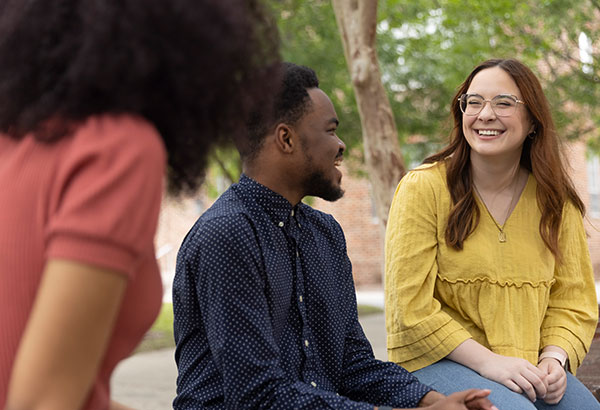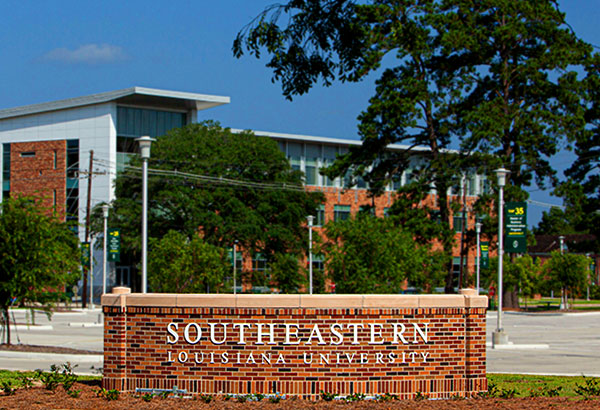Hungarian Settlement History
Slide Collection
HUNGARIAN SETTLEMENT HISTORY (18 slides of Hungarian Settlement, Livingston Parish) There is a cassette tape which goes along with this series of slides.
Slide 1 -
In 1896 three Magyar settlers, Julius Bruskay, Tivador Zboray, and Adam Mocsary established a community in the eastern part of what is now Livingston Parish. Julius Bruskay, lower left, and Tivador Zboray, lower right, are shown with Father Grosz in 1906. Father Grosz was the second pastor of the Catholic church in Albany.Slide 2 -
They named this settlement Arpadhon after a national hero of Hungary, where they were from. These three original settlers placed advertisements in northern United States Hungarian language newspapers and encouraged Hungarian friends to join them. By 1908, about 40 Hungarian families were in the area.Slide 3 -
The Brackenridge Lumber Company was responsible for providing work for the men, while the cutover timberland was easily converted into farming land suitable for strawberries.Slide 4 -
This map was made around 1910 and shows the boundaries of the land owned by the first families of the Hungarian community. The Brackenridge Lumber Company sold the land for $10.00 an acre.Slide 5 -
The short and long leaf pine forests were cut and shipped by rail to Springfield on the Brackenridge Lumber Company’s train called the "Dummy Line." Steamboats then carried the cut timer to New Orleans, and then overseas to Europe.Slide 6 -
By 1916, most of the timber was cut and the lumber business declined. But by then, the growing Hungarian Community was supported by the many acres of strawberries that they grew.Slide 7 -
The new Hungarian settlers were hard-working and religious people. Land was given for the building of two churches. The Hungarian Presbyterian Church, built in 1907, shows a star on the steeple. This is similar to the Protestant Churches in Hungary.Slide 8 -
The Catholic Church was built in 1910 and named in honor of St. Margaret.Slide 9 -
St. Margaret was born in 1046 AD in Hungary. All through her life she was known for her acts of mercy and holiness. Slide shows statue of St. Margaret in the Catholic Church.Slide 10 -
St. Elizabeth was very special to the needy of Hungary. The legend was that when soldiers stopped Elizabeth to see if she carried food for the poor in her apron, the food turned to roses. Slide shows statue of St. Elizabeth in the Catholic Church.Slide 11 -
The altar of the Catholic Church, were Mass has been held for almost 70 years, shows a statute of St. Elizabeth on the left and St. Margaret on the right.Slide 12 -
This building, first used as a one room school and later a recreation hall was to be the home of the servants of the most Holy Eucharist. Sisters performed many deeds of charity helping the sick and needy as well as giving religious instructions.Slide 13 -
The churches were important to the Hungarian community in many ways. Baptisms of young children were a cause to celebrate.Slide 14 -
This wedding in the early 1920s is thought to be between Peter Phiffner and Elizabeth Sciber. Weddings were the beginning of new families.Slide 15 -
This building was the original school house for the community. It was also a nursing home called "Our Home."Slide 16 -
This is the home of Julius Bruskay, one of three founders of the community. The people built their sturdy homes from the trees that grew on their land.Slide 17 -
An Hungarian tradition was to put the last name first, and the first name last on tombstones. The people of Hungarian descent change the order back when speaking to those who do not speak the language.Slide 18 -
And in the end, the church still overlooks the final resting place of the people who built her, keeping watch as they rest in peace. Scene of the Hungarian Presbyterian Church.





